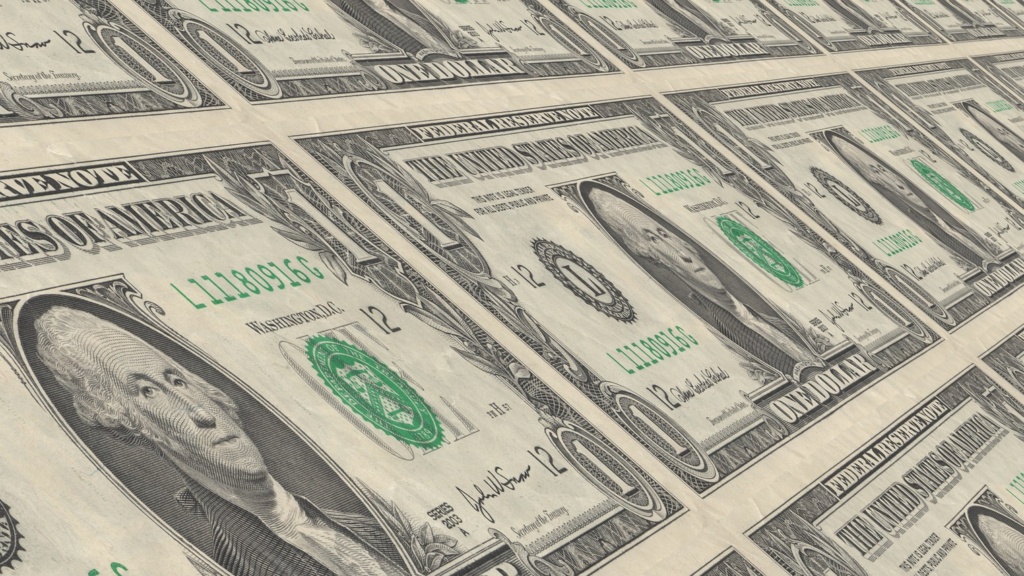The Congressional Budget Office (CBO) recently released the “The Budget and Economic Outlook: 2017 to 2027.” This annual report provides the federal government’s most comprehensive analysis of the current state of federal spending, taxes, and debt. It also provides a framework within which to analyze the President’s budget proposal and upcoming Congressional legislation. The news is not good.
CBO projects that tax revenues over the next decade – 18.1 percent of the gross domestic product (GDP) – will exceed all other ten-year periods in American history outside of the 1990s. Yet spending will surge to 23.4 percent of GDP in a decade, resulting in a 2027 deficit of $1.4 trillion.
A decade from now, rising entitlement spending and interest on the national debt will consume 99 percent of tax revenues – forcing virtually the entire discretionary spending budget to be financed on the nation’s credit card.
Over the next decade, the national debt is projected to rise from $20 trillion to $30 trillion, and reach 107 percent of GDP for the first time since World War II.
Between 2009 and 2015, the deficit declined due to sequestration cuts, a modest economic recovery, and tax hikes. The deficit began increasing again last year, and – driven by entitlements and net interest costs – is projected to reach $1 trillion by 2023.
Washington will spend $31,154 per household this year. Federal spending is projected to jump another $5,800 per household over the next decade (adjusted for inflation).
Social Security, health entitlements, and net interest costs are responsible for $2.1 trillion of the $2.6 trillion growth in projected federal spending over the next decade. These items comprise 57 percent of current spending, yet will account for 82 percent of all new spending over the next decade.
Net interest costs – $241 billion in 2016 – are projected to reach $768 billion by 2027. And even that assumes interest rates remain far below historic norms. Rising interest rates would push budget deficits over $2 trillion within a decade.
Individual income tax revenues are projected to reach 9.7 percent of GDP in 2027 – the highest level in American history outside of bubble-inflated 2000.
The budget deficit predictably fell from its 2009 peak because the recession ended, taxes were increased, discretionary spending was capped, and low interest rates limited the net interest costs on new debt. However, over the next decade, sharply rising Social Security and heath care spending, higher interest rates on the national debt, and sluggish economic growth are projected to bring back trillion-dollar deficits. Lawmakers will face difficult decisions to rein in this spending and debt, and to ensure economic prosperity.
For full report click here.
Brian Riedl is a senior fellow at the Manhattan Institute. Follow him on twitter @Brian_Riedl.
This piece was originally published at Economics21.



